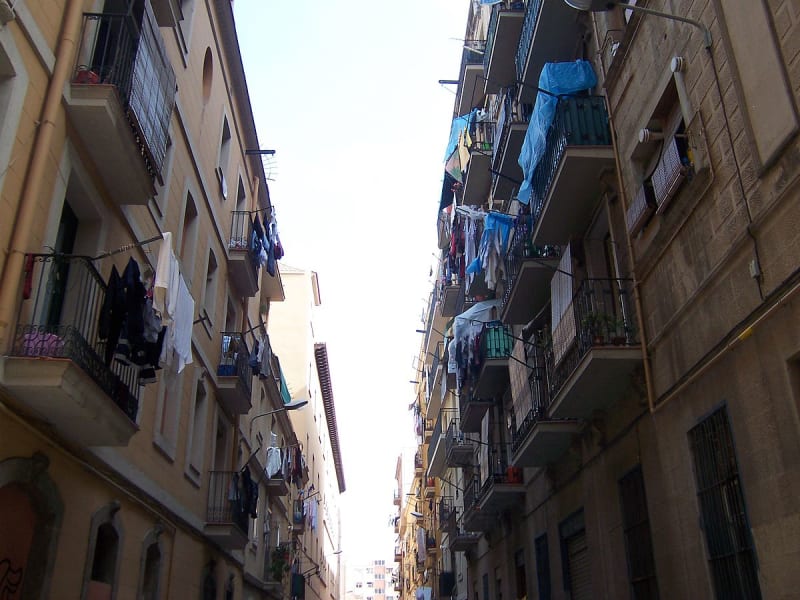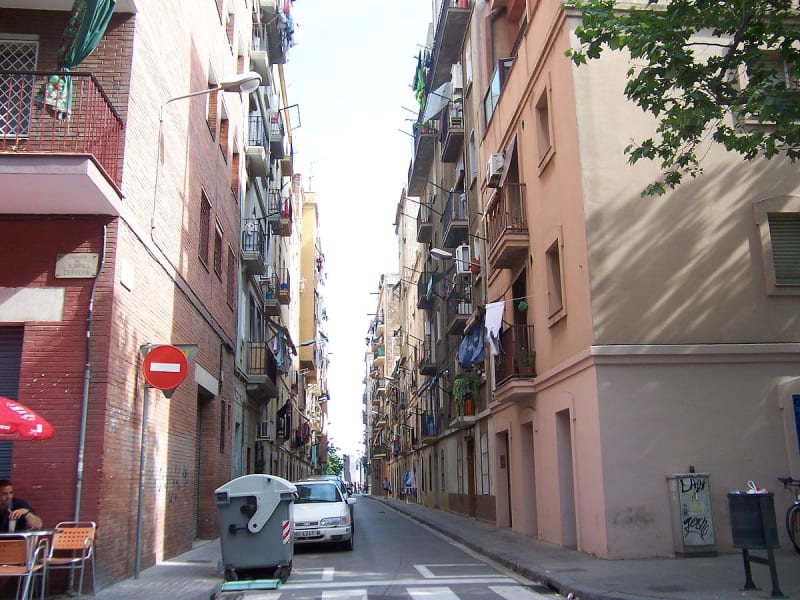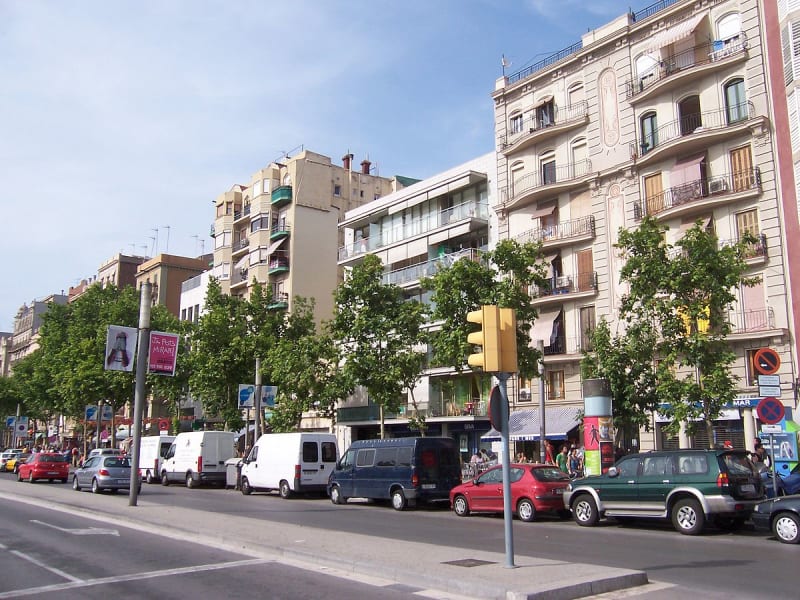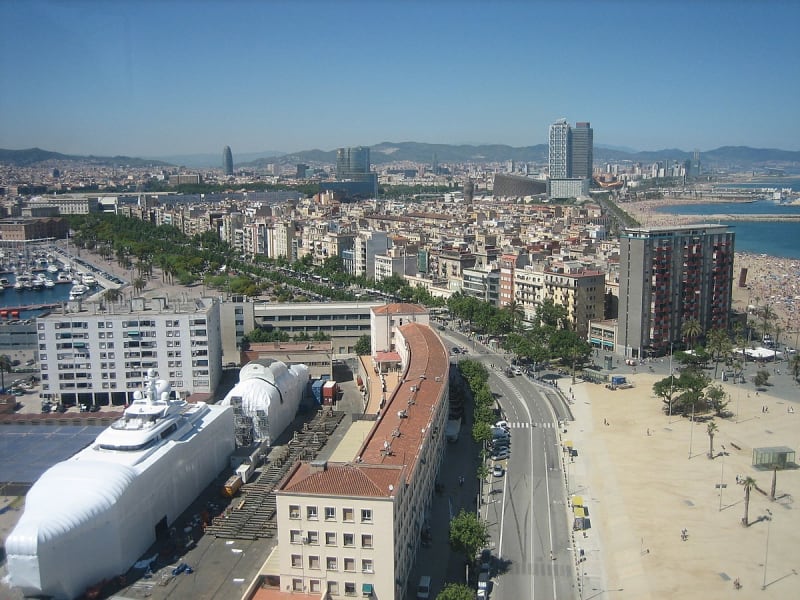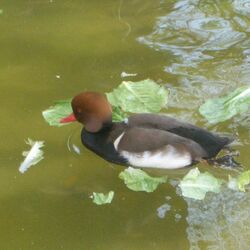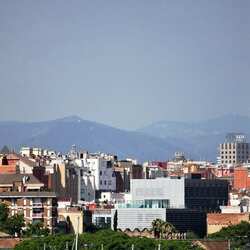Barcelineta
Barceloneta is a cluster of picturesque narrow streets, where countless seafood restaurants are located. This is one of the most striking sights of Spain. The Old Town quarter is often referred to as Little Barcelona. It's like a giant wedge entering the Mediterranean Sea.

History of creation
The Barceloneta area was created during the construction of a new pier in the 18th century. It was inhabited mainly by fishermen and sailors. Military engineers were involved in the project of the new area, which explains the straight, strict lines of streets and buildings of the same type of similar height.
Until 1858, it was forbidden to build houses above 2 floors here. The area was inhabited by the poor. At the beginning of the XVIII century. Catalonia was defeated in the war of succession to the empire. King Philip V of Bourbon decided to build a citadel to strengthen his power. The residents who lived on the site of the future fortress were relocated to a specially built Barceloneta. The citadel's cannons were aimed at her to intimidate her. Later, the fortress was demolished, and a beautiful park was built in its place.
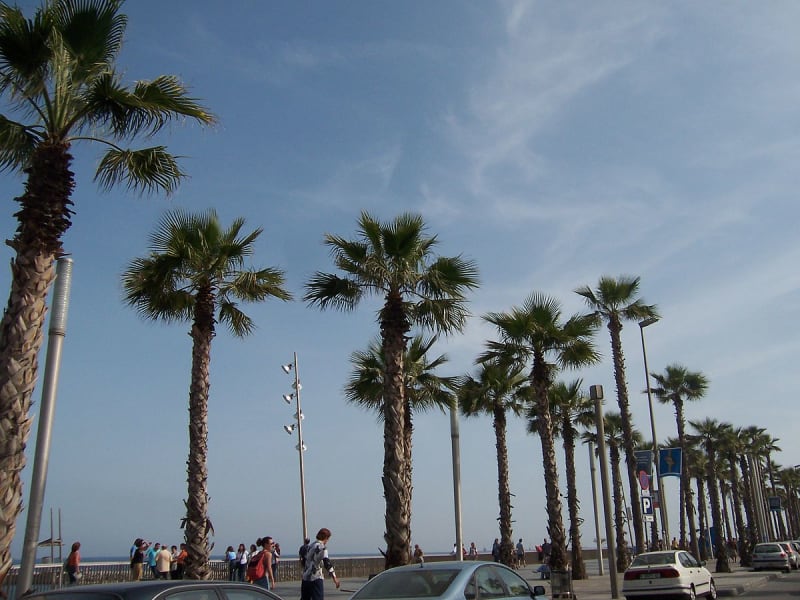
Features of Barceloneta
The convenient location of the area contributed to the construction of ship repair and metallurgical enterprises in the 19th century. One of the first railway lines in Spain was built here. Since the middle of the twentieth century, industrial enterprises have been moved outside the city. Beaches were built in the area and the tourism business began to develop successfully.
An interesting fact is that there were no official beaches in Barcelona until 1992. By the beginning of the Olympic Games, Barceloneta was improved, equipped with several wonderful beaches and a promenade, alleys and walking paths.
Barceloneta as a center of gravity
Barceloneta Beach is a great place for outdoor enthusiasts - surfing, yachts. Massage therapists offer their services right on the beach, and numerous cafes and eateries will not leave anyone hungry. The beach is very popular not only because of the usual sea activities, clear water and white sand. There is an extraordinary sculpture by architect R. Horn, which is popularly called "cubes". It consists of cubes with windows, placed at random on top of each other.
There is another original sculpture between Barceloneta and the new port, a giant copper fish by F. Geri, shimmering in the sun with all the colors of the rainbow. Barceloneta consists of a maze of colorful narrow streets and is filled with numerous restaurants serving Mediterranean and seafood cuisine.
It is easy to climb Montjuic Hill by cable car from here. The stop is the St. Peter's Tower. Sebastian. It is made of metal according to the design of architect K. Bouigas. At an altitude of 86 m, it houses a cozy restaurant. Visitors of which have an excellent opportunity to admire the picturesque views from a bird's-eye view.
Additional information
The Historical Museum of Catalonia is located in the building of the former port warehouse. It has been hosting thematic historical exhibitions since 1880, and even has interactive exhibits.
In the most expensive and popular restaurant Can Majo, offering dozens of seafood dishes, you need to book a table in advance. Despite the high prices, it is always crowded. The best cuttlefish ink risotto in the world is prepared here!
In the old Ramonet restaurant on Makinista Street, the tables are wine barrels.
On one of the most beautiful squares of Barceloneta stands the unique church of Sant Miguel, made in the Baroque architectural style. It was built in 1753, when the quarter was being built up. In 1863, it was restored and its size was significantly increased so that it could accommodate the increased number of parishioners.
The Barceloneta quarter is not particularly luxurious like other areas of Barcelona. It attracts with its numerous restaurants and cafes with traditional and seafood cuisine, magnificent beaches, among which there are nudist ones, and a friendly atmosphere of communication.
